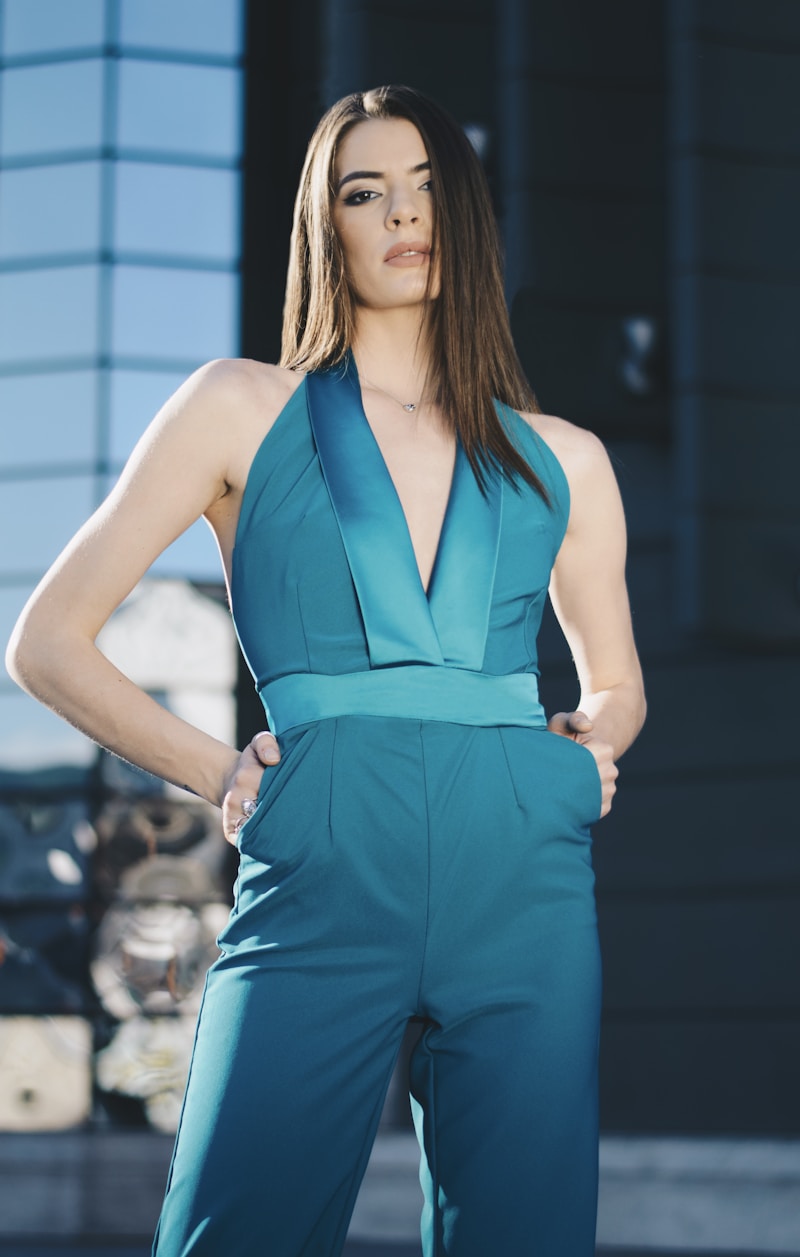Mastering Layering and Detailing in Dress Design: A Comprehensive Guide
Introduction to Layering and Detailing in Dress Design
Dress design is a multifaceted art that combines creativity, technical skills, and an understanding of fabric and form. Among the myriad techniques available to designers, layering and detailing stand out as crucial elements that can transform a simple dress into a stunning masterpiece. This article delves into the concepts of layering and detailing, exploring their significance, techniques, and how they can enhance dress design.
What is Layering in Dress Design?
Layering refers to the technique of using multiple fabrics or materials in a single outfit to create depth, texture, and visual interest. This method can be employed in various ways, such as incorporating underlays, overlays, and accessories. Layering not only enriches the aesthetic appeal of a dress but also allows designers to balance different elements such as color, pattern, and silhouette.
Types of Layering Techniques
| Technique | Description | Examples |
| Underlay | The foundational layer that provides structure and coverage. | Sheath dresses with form-fitting slips. |
| Overlay | A top layer that adds detail and texture. | Chiffon or lace overlays on satin dresses. |
| Textural Layering | Combining different fabrics for a rich tactile experience. | Velvet with silk, or denim with lace. |
| Color Layering | Utilizing different shades to create a gradient or contrast. | Dark underlayer with a lighter overlayer. |
Importance of Detailing in Dress Design
Detailing involves the meticulous work done to enhance a dress's visual impact, and it can include elements such as embroidery, embellishments, piping, and buttons. These intricate details provide personality and can define the dress's overall aesthetic. In the competitive world of fashion, attention to detail can set one design apart from another, making it essential for designers to master this skill.
Popular Detailing Techniques

Some popular detailing techniques in dress design include:
- Embroidery: Hand-stitched or machine-stitched patterns that add elegance.
- Appliqué: Fabric cut into shapes and sewn onto the dress for texture.
- Sequins and Beading: Adding sparkle and dimension to the garment.
- Piping: A narrow strip of fabric sewn into seams for a tailored look.
Combining Layering and Detailing
Combining layering and detailing effectively can create a cohesive and fashionable look. For instance, a layered evening gown can feature delicate lace detailing along the hem, while a casual dress could incorporate bold color layering with contrasting embellishments. Understanding how to merge these elements requires a strong foundation in design principles and an eye for proportion and balance.
Practical Tips for Effective Layering and Detailing
For aspiring designers seeking to perfect their skills in layering and detailing, here are some practical tips:
- Know Your Fabrics: Understanding the behavior of different fabrics will help you choose materials that work well together.
- Plan Your Layers: Sketch your designs to visualize how the layers and details will interact. Consider both the silhouette and the movement of the fabric.
- Balance is Key: Ensure that your layers complement each other in terms of weight, texture, and color. Avoid overwhelming the design with too many contrasting elements.
- Experiment: Design is an evolving process. Don't hesitate to experiment with unconventional layering techniques and styles.
Current Trends in Layering and Detailing
The world of fashion is constantly evolving, with new trends in layering and detailing emerging regularly. As of 2023, some noteworthy trends include:
- Minimalism: Many designers are embracing simplicity, opting for clean lines and fewer layers, focusing on high-quality detailing.
- Maximalism: In contrast, some collections feature bold colors and rich textures, combining extensive layering with eye-catching details.
- Sustainability: Eco-conscious fashion is on the rise, leading designers to explore layering with sustainable fabrics and detailing techniques that reduce waste.
Dress Design Across Cultures
Layering and detailing are not limited to Western fashion; various cultures have their unique approaches to these design elements. For example, traditional Japanese garments like kimonos often incorporate multiple layers, creating a visually stunning silhouette. Similarly, African fashion showcases vibrant colors and intricate beadwork as a form of detailing, making each piece unique and culturally significant. Understanding these cultural nuances can inspire designers and enhance their collections.
Conclusion
Layering and detailing are fundamental techniques in dress design that can elevate a simple garment to a work of art. By mastering these skills, designers can create pieces that resonate with individuality and style. As you embark on your design journey, remember to experiment, stay updated on current trends, and of course, prioritize balance to achieve stunning results. Whether you're creating for a fashion show or a bespoke event, the right combination of layering and detailing can make all the difference.
Final Note: As fashion continues to evolve, keep in mind the importance of not just following trends but also finding your own unique voice as a designer. Embrace layering and detailing as tools for storytelling and expression in your dress design.